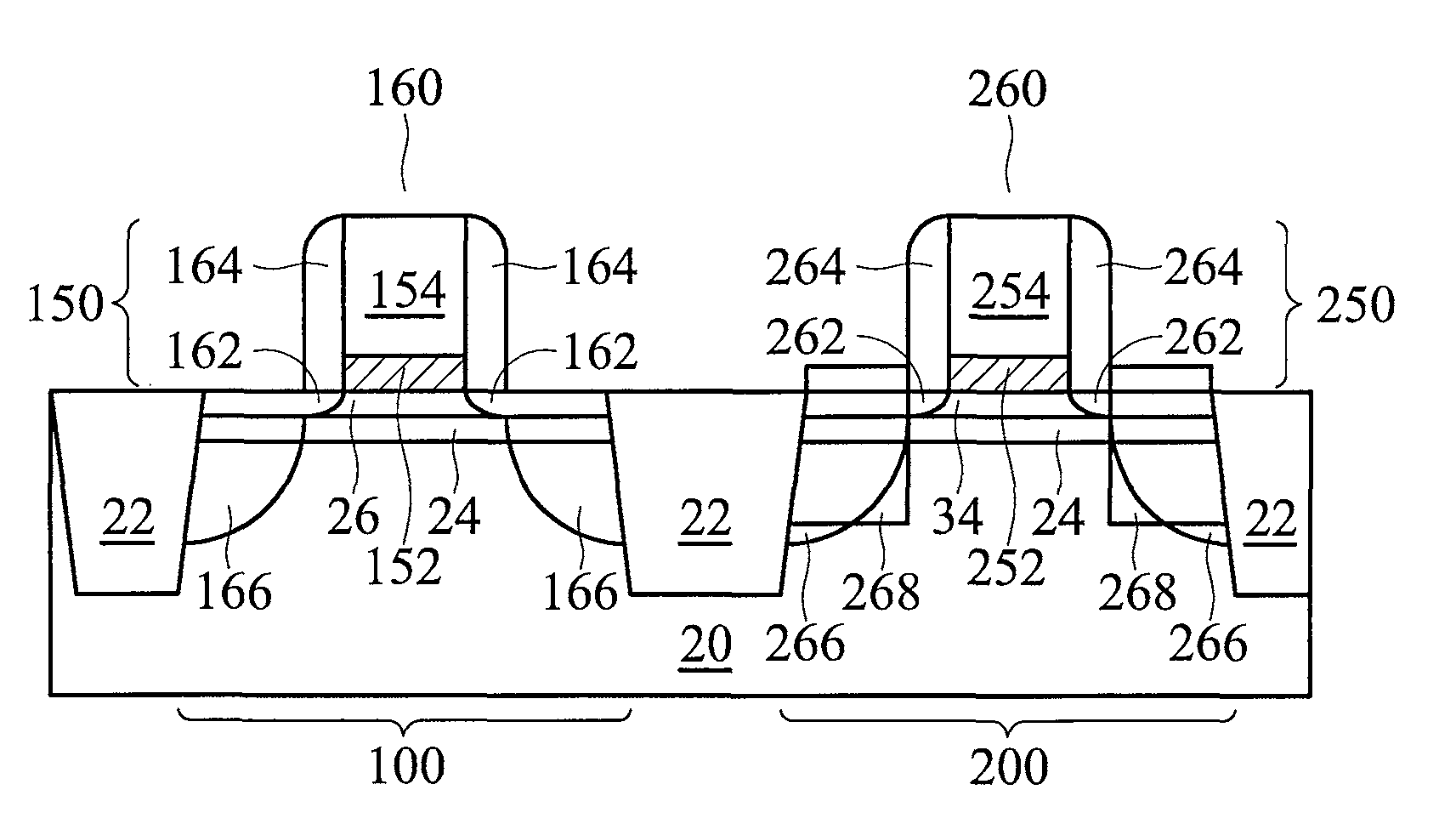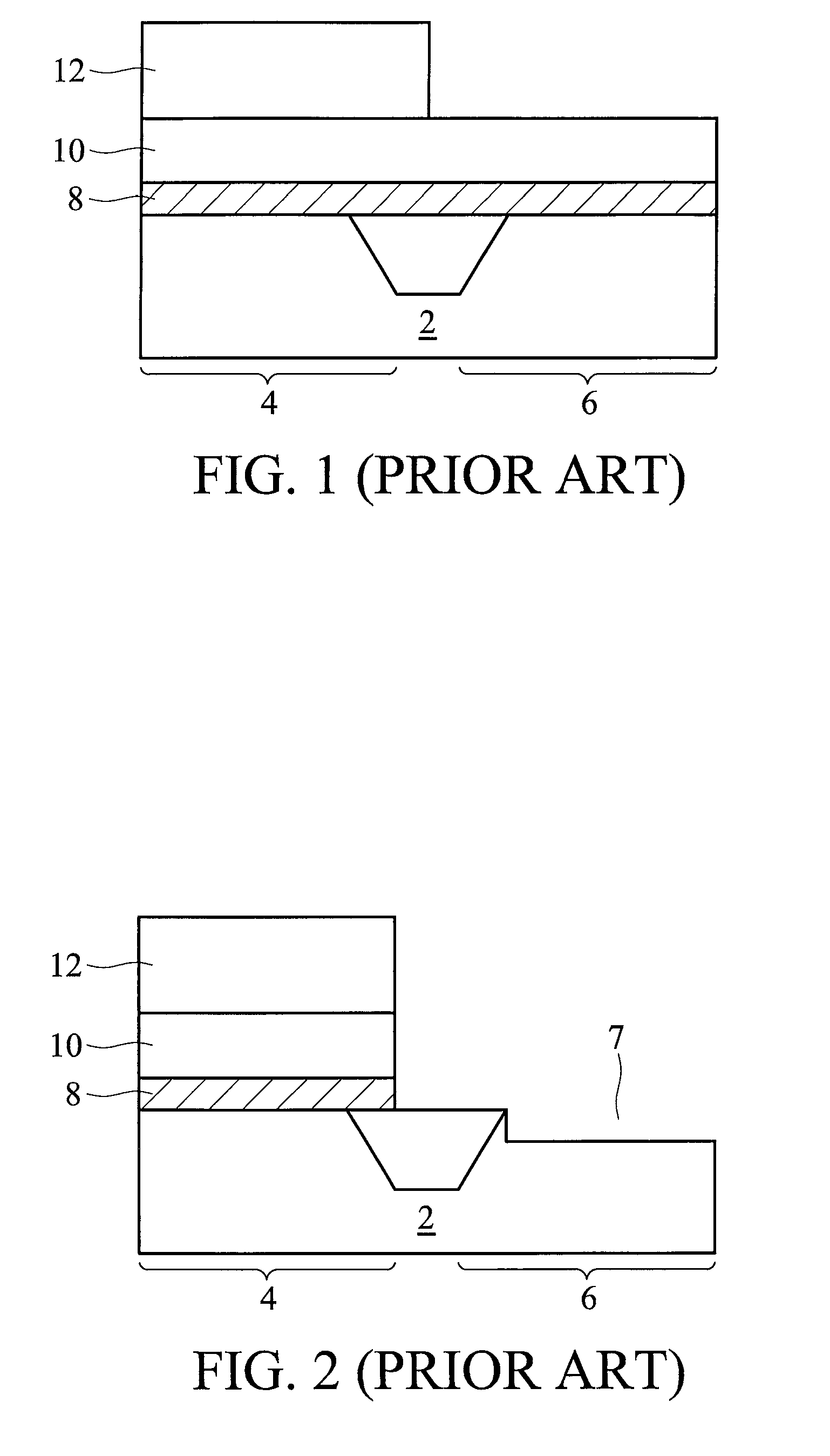CMOS devices having dual high-mobility channels
a high-mobility channel and cmos technology, applied in the field of semiconductor devices, can solve the problems of less than optimal drawbacks of the above-discussed method, etc., and achieve the effects of reducing threshold voltage, improving drive current of the nmos device, and reducing leakage curren
- Summary
- Abstract
- Description
- Claims
- Application Information
AI Technical Summary
Benefits of technology
Problems solved by technology
Method used
Image
Examples
Embodiment Construction
[0015]The making and using of the presently preferred embodiments are discussed in detail below. It should be appreciated, however, that the present invention provides many applicable inventive concepts that can be embodied in a wide variety of specific contexts. The specific embodiments discussed are merely illustrative of specific ways to make and use the invention, and do not limit the scope of the invention.
[0016]A method for forming a complementary metal-oxide-semiconductor (CMOS) structure is provided. The intermediate stages of manufacturing embodiments of the present invention are illustrated. Throughout various views and illustrative embodiments of the present invention, like reference numbers are used to designate like elements.
[0017]Referring to FIG. 6, semiconductor substrate 20 is provided, which may be formed of commonly used semiconductor materials and structures such as bulk silicon, silicon-on-insulator (SOI), and the like. Semiconductor substrate 20 includes NMOS r...
PUM
 Login to View More
Login to View More Abstract
Description
Claims
Application Information
 Login to View More
Login to View More - R&D
- Intellectual Property
- Life Sciences
- Materials
- Tech Scout
- Unparalleled Data Quality
- Higher Quality Content
- 60% Fewer Hallucinations
Browse by: Latest US Patents, China's latest patents, Technical Efficacy Thesaurus, Application Domain, Technology Topic, Popular Technical Reports.
© 2025 PatSnap. All rights reserved.Legal|Privacy policy|Modern Slavery Act Transparency Statement|Sitemap|About US| Contact US: help@patsnap.com



